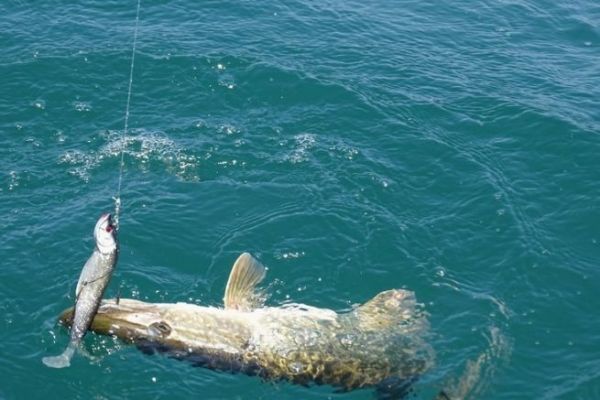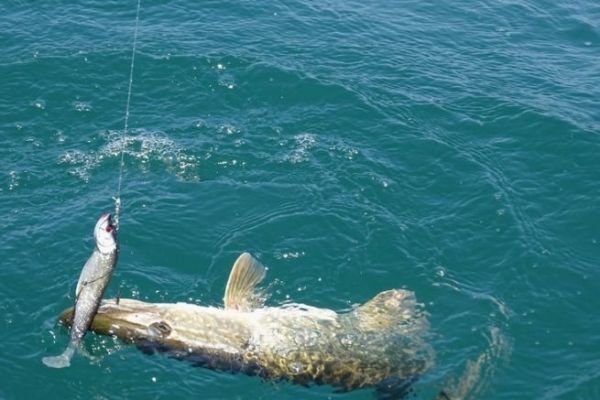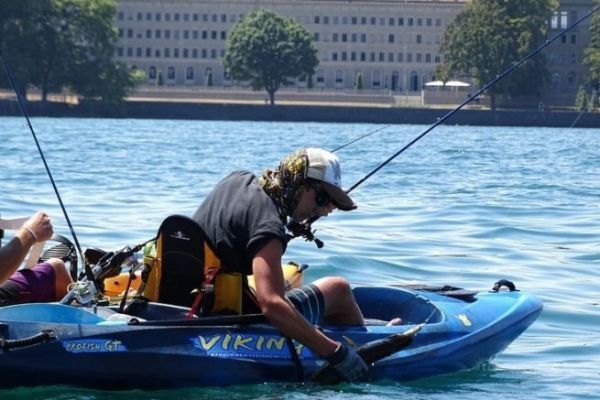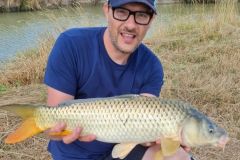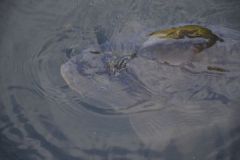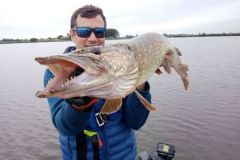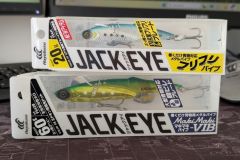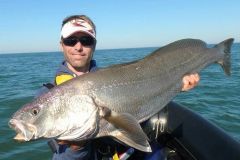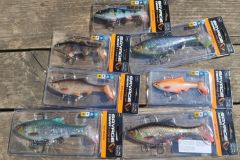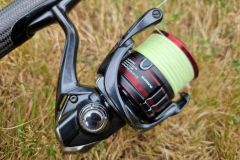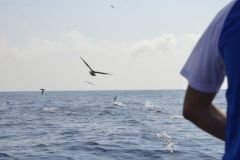Traction fishing
Pike fishing on the pull is a tried and tested method of fishing in the summer months. The aim is to find active fish, moving through the water or stationary on the lookout. The principle of this technique is to imitate a fish on the run during the pulling phase, which becomes easy prey during the descent phase.
Active fish, generally in competition with their congeners, then pounce on the opportunity with unsuspected violence. Bites are frequent, but smaller fish can be difficult to hook if the lure is not perfectly rigged. On the pull, we generally target medium-sized fish in large numbers, but there are also some nice surprises in the form of big fish.
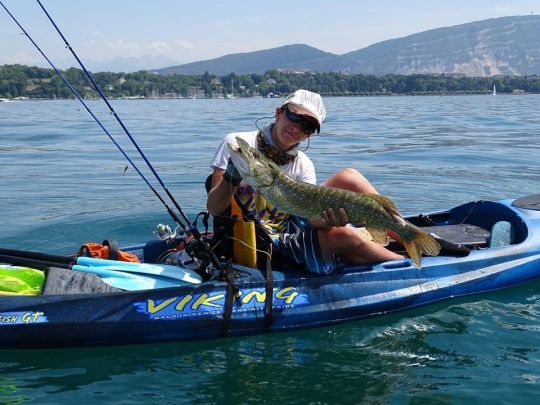
Fishing zones and effective lures
Troll fishing is mainly practised from a boat, for reasons of comfort and efficiency. It can, however, be practised from shore in certain areas deep enough for the animation to be of interest. Mats of grass between 5 and 12 meters deep are ideal zones, home to many pike and providing excellent animation. Steep breaks are also interesting to fish, as they often hold suspended pike waiting for prey to pass in front of them.
Depending on the depth we want to fish, we'll adapt the weight and size of our lures. The greater the depth, the greater the weight of our sinker, and our soft lure should offer very little resistance in the water. On the contrary, in a shallow area, we use lures that stir up a lot of water with relatively low weights.
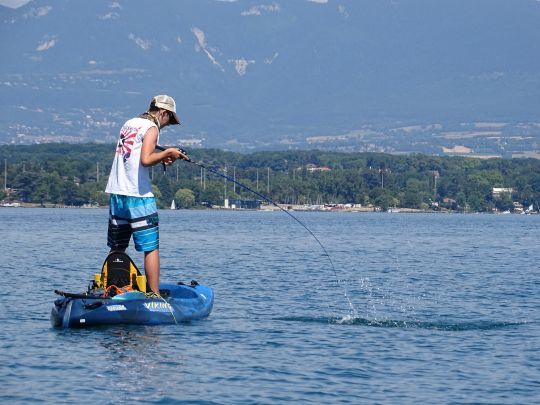
Colors and armament
To fish with a drag, you need to be able to adapt to weather conditions and put yourself in the fish's shoes. The very principle of this technique is to fish above the fish and not at their height. It is therefore essential that our lure color stands out from the color of the sky. On sunny days, we generally use two-tone lures, with a light belly and a very dark back. This makes them easy for fish to spot when they come up to seize them. On cloudy days, dark bellies are preferred to contrast well with the light grey of the sky.
When it comes to rigging your soft lure, prefer leaded heads with a short hook, which will allow the lure to swim as naturally as possible. To avoid missing bites, place a single or treble hook on the belly of the soft lure. Beautiful fish will usually gobble the whole lure, but some may just miss their attack, hence the need for a second hook.

 /
/ 